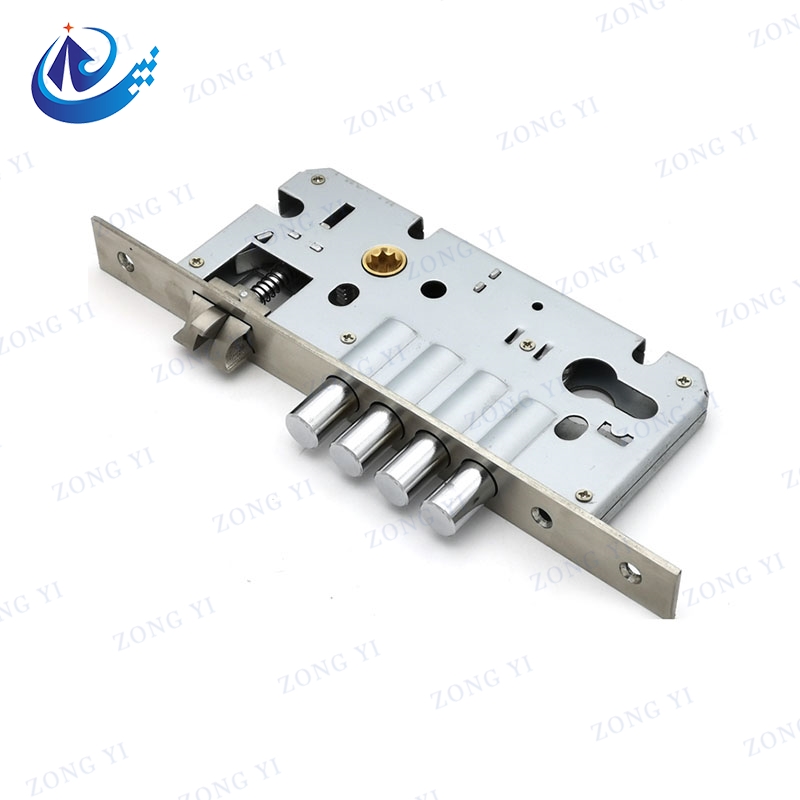Key components and types of door lock bodies
2023-10-18
A door lock body, also known as a lockset or lock mechanism, is the central component of a door lock that provides the functionality of securing and unlocking a door. It consists of several parts working together to control access to a room or building. The lock body is typically installed inside the door, with the key cylinder or latch visible on the door's edge or face.
Here are the key components and types of door lock bodies:
1. Deadbolt: A deadbolt lock is a type of door lock body that provides a higher level of security compared to a standard latch bolt lock. It extends into the door jamb when engaged, making it more resistant to forced entry. Deadbolt locks can be operated with a key from the outside and a thumbturn or lever from the inside.
2. Latch Bolt: The latch bolt is the part of the lock body that extends or retracts when the door is opened or closed. It keeps the door securely closed when engaged and allows for easy opening and closing. Latch bolt locks are commonly used on interior doors, such as bedrooms or bathrooms, where high-security requirements are not necessary.
3. Key Cylinder: The key cylinder is the part of the lock body that accepts the key and enables the locking or unlocking of the door. It contains a series of pins or tumblers that align when the correct key is inserted, allowing the lock to turn and operate.
4. Strike Plate: The strike plate is a metal plate installed on the door jamb that the latch or deadbolt engages with when the door is closed. It helps reinforce the door jamb and provides additional security and stability when the lock is engaged.
5. Backset: The backset is the measurement from the edge of the door to the center of the lock body. It determines the position of the lock on the door and ensures proper alignment with the strike plate. Common backset measurements are 2-3/8 inches or 2-3/4 inches.
6. Handle or Knob: The handle or knob is the visible part of the lockset on the door's exterior. It is used to operate the latch or deadbolt and can come in various designs and finishes to match the overall aesthetic of the door and surrounding decor.
When choosing a door lock body, consider factors such as the level of security required, the type of door (interior or exterior), the frequency of use, and any specific functionality needs. It's important to select a lock body that is compatible with the door's thickness, backset measurement, and door preparation (such as the size and shape of the holes needed for installation).
It's also advisable to choose lock bodies from reputable manufacturers known for their quality and security features to ensure the reliability and durability of the door lock.



